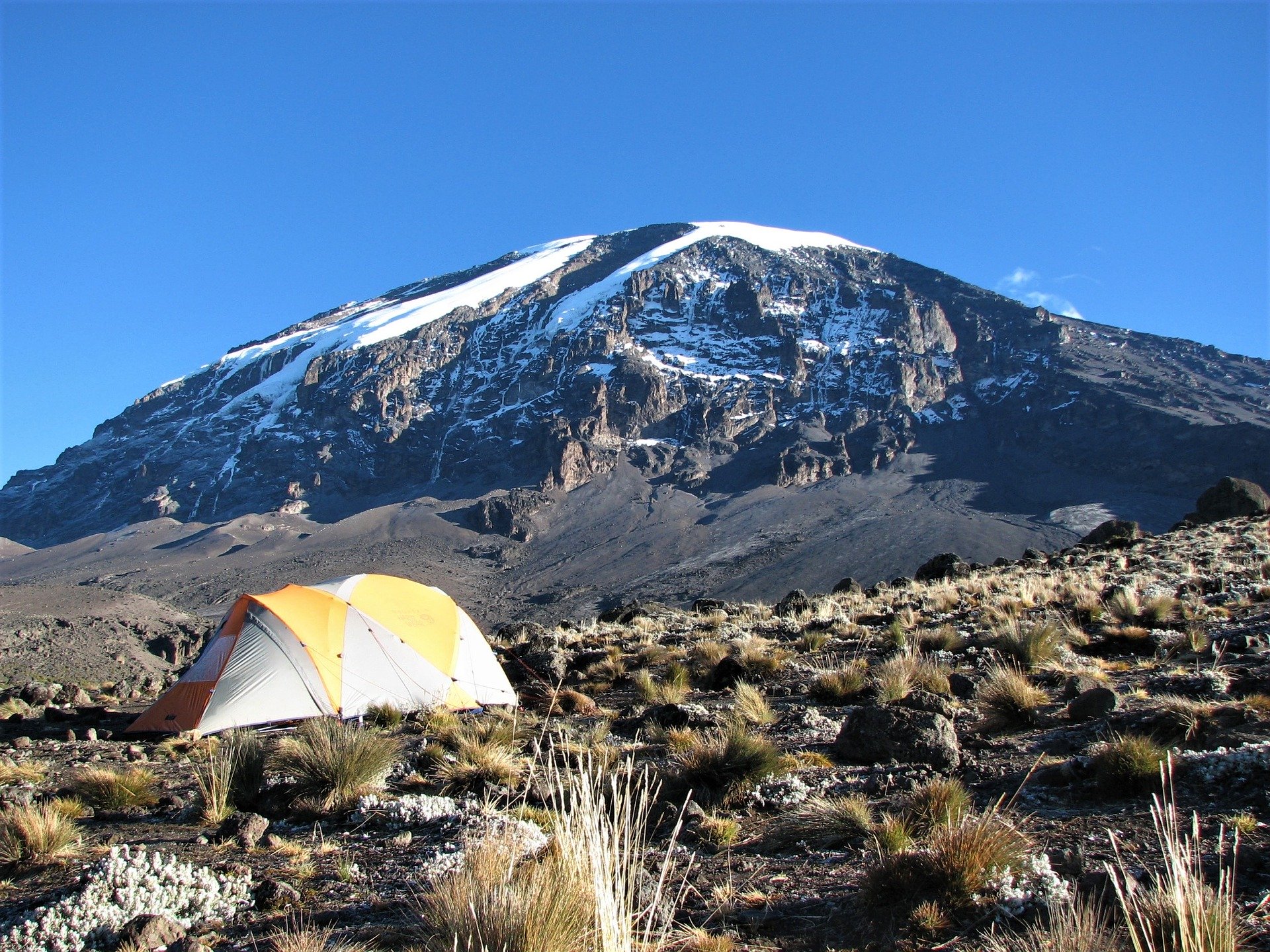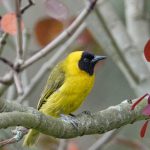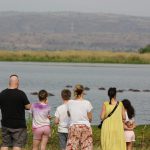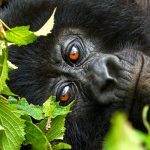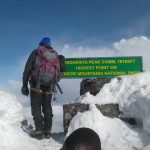Nicknamed as the Roof of Africa, Mountain Kilimanjaro is that true treasure you are searching for; it is situated in Tanzania, a country in East Africa. The mountain is one of the seven summits and the highest peaks on each of the seven continents yet the tallest in Africa; it rises 19,340 feet above sea level making it the tallest freestanding mountain in the world.
Kilimanjaro is a large stratovolcano comprised of three distinct volcanic cones namely, Kibo which is the highest, Mawenzi at 5,149 meters and Shira which is the lowest at 4,005 meters, Mawenzi and Shira are extinct, while Kibo is dormant and has a possibility of erupting again. Uhuru Peak is the highest summit on Kibo’s crater rim.
The true genesis of this Mountain remains hidden though several theories exist. In 1860, the European explorers adopted and reported that Kilimanjaro was the mountain’s Kiswahili name, in the 1907 edition of The Nuttall Encyclopedia also states the name of the mountain as Kilima-njaro.
Kilimanjaro has five main climbing routes to the summit namely; Marangu Route; Machame Route, Rongai Route, Lemosho Route; and Mweka Route. The famous Machame and Lemosho routes are beautiful, while the busy Marangu is the easiest until the difficult final ascent to the rim of the crater.
It is believed that in 1889, the first people known to have reached the summit of the mountain were Hans Meyer and Ludwig Purtscheller. This Mountain seats in Kilimanjaro National Park and acts as the main Hiking destination, it has been subject to several scientific studies because of its reducing glaciers and disappearing ice fields.
Looking at History, Johann Ludwig Krapf wrote in 1860 that Swahilis along the coast called the mountain Kilimanjaro although he did not offer any proof to that, he claimed that this was a mountain of greatness or mountain of caravans. Initially, kilima meant mountain and Jaro meant caravans. In 1885, Jim Thompson claimed again without any proof that the term Kilima-Njaro “has generally been understood to mean” the mountain (kilima) of greatness (njaro), He also suggested “though not improbably it may mean” the White Mountain.
Interesting, Kilimanjaro National park offers inclusive tours that cater for all sorts of people, the hike by disabled people attracted attention of all the audiences all over the world. Especially in 2007 when Wheelchair user Bernard Goosen from South Africa scaled Kilimanjaro in six days, then in 2012, Kyle Maynard who has no forearms or lower legs crawled unassisted to the summit of Mount Kilimanjaro.
The oldest person to reach Uhuru Peak was Angela Vorobeva on 29 October 2015 aged 86 years and 267 days; secondly, the oldest man to reach the summit of Kilimanjaro is the American Robert Wheeler, who was 85 years and 201 days when he summited on 2 October 2014. Besides, the youngest person to reach the summit was Theodore Margaroli from London aged 10.
Eruptive activity at the Shira center commenced about 2.5 million years ago, with the last important phase occurring about 1.9 million years ago, just before the northern part of the edifice collapsed. Shira is topped by a broad plateau at 3,800 meters, which may be a filled caldera. The remnant caldera rim has been degraded deeply by erosion. The majority of the Area is comprised of basic lavas, with some pyroclastics. Caldera Formation was accompanied by lava spreading wide from ring fractures, though there was no large scale explosive activity. Two cones formed subsequently, the phonologic one at the northwest end of the ridge and the doleritic Platzkegel in the caldera center.
The prominence of this wonderful destination was mainly to non-Africans since ancient times, Sailors’ reports recorded by Ptolemy mention a “moon mountain” and a spring lake of the Nile, which may indicate Kilimanjaro; although available historical information does not elaborate on any difference of this mountain from other mountains such; Mount Kenya, the mountains of Ethiopia, the Virunga Mountains, the Rwenzori Mountains, and Kilimanjaro among others.
This mountain and its surrounding forests were made a game reserve in the early part of the 20th century. Mount Kilimanjaro National Park was established in 1993 with a primary aim of protecting the mountain above the tree line as well as the six forest corridors that sprawl down slope through the montane forest belt, then in 1987, the park was declared a UNESCO World Heritage site.
Approximately 30,000 people climb Kilimanjaro mountain each year with three-quarters of them reaching the summit, It’s safe to climb since no particular skills are required, those who fail the task, fail because of some factors such as unfitness, unexpected call, or even harsh weather. This experience is very interesting and challenging.
Kilimanjaro inhabits a wide range of ecosystems, including tropical jungle, savannah, and desert to montane forests, subalpine plants, and the alpine zone above timberline.
With a variety of forest species, the mountain harbors 1,200 vascular plant species, Montane Ocotea forests which take place on the wet southern slope.
There are honey badgers and aardvarks, but visitors seldom get to see these nocturnal creatures. Such as the Noisy bush babies, which are also nocturnal creatures and can be more easily heard than seen? Also, there are small-spotted genets with distinctive black-and-white tails and the loud tree hydraxes that are similar to chipmunks.
To Visit Mount Kilimanjaro, you can either fly or use road transport. However, the most convenient way is to fly into Kilimanjaro International Airport, Drive to Arusha or Moshi, Kilimanjaro gateway towns. These cities are roughly 40minutes -1hour drive away from the airport and taxi services are readily available.
Get to the road and Visit an iconic feature found in East Africa, in a country of Tanzania, You will have the most memorable trip.

